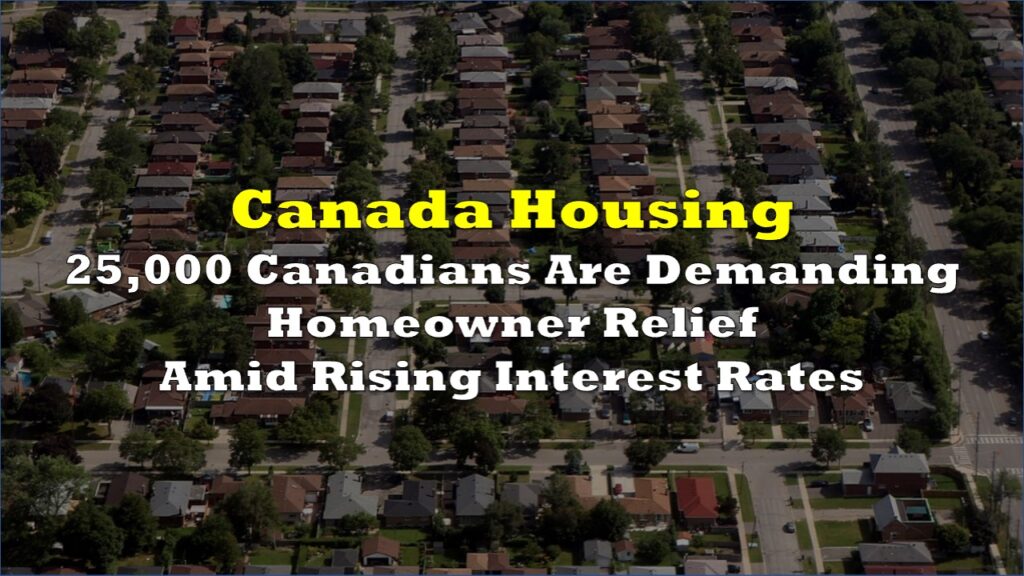Canada’s housing market posted its second consecutive month of sales gains in June as inventory levels remained near long-term averages, signaling a potential turnaround after a turbulent start to 2025, according to official data released Monday.
Home sales rose 2.8% from May to June, building on the previous month’s 3.5% increase, the Canadian Real Estate Association said. The recovery comes after months of declining activity linked to trade uncertainty with the United States.
“At the national level, June was pretty close to a carbon copy of May, with sales up about 3% on a month-over-month basis and prices once again holding steady,” said Shaun Cathcart, CREA’s senior economist.
The national average home price held at $691,643 in June, down just 1.3% from a year earlier. The modest decline represents a sharp improvement from earlier 2025 when monthly price drops approached 1%.
Canada had 4.7 months of inventory at month’s end — slightly below the five-month long-term average and indicating balanced market conditions where neither buyers nor sellers hold significant advantage.
The Greater Toronto Area led the recovery with transactions rebounding 17.3% since April, though sales remain historically low. The region recorded 5,068 residential sales in June on a seasonally adjusted basis.
Related: Canada’s Condo Crisis Traps Would-Be Home Upgraders
Greater Vancouver continued struggling with sales falling 15.4% year-over-year. Average home prices there dropped 5.5% to $1.28 million, reflecting persistent affordability challenges in Canada’s most expensive market.
Smaller markets showed strength. Home prices in Quebec’s Trois-Rivières area jumped 22.5% year-over-year to $436,397, while Thunder Bay saw 18.9% increases.
CREA downgraded its 2025 forecast, now expecting 469,503 home sales — down 3% from 2024 — with the national average price falling 1.7% to $677,368.
“Although with the latest 35% tariff threat, we’re not out of the woods yet,” Cathcart said, referring to ongoing trade tensions.
The spring market “was mostly held back by economic uncertainty,” said Valérie Paquin, CREA chair. “Barring any further big shocks, that delayed activity could very likely surface this summer and into the fall.”
A seller’s market requires below 3.6 months of inventory, while a buyer’s market needs above 6.4 months. Current levels suggest balanced conditions.
New listings fell 2.9% in June while the national sales-to-new-listings ratio rose to 50.1%, up from 47.3% in May. The long-term average for that ratio is 54.9%.
CREA represents more than 160,000 real estate professionals across Canada. The association’s next statistics release is scheduled for August 15.
Information for this story was found via the sources and companies mentioned. The author has no securities or affiliations related to the organizations discussed. Not a recommendation to buy or sell. Always do additional research and consult a professional before purchasing a security. The author holds no licenses.









